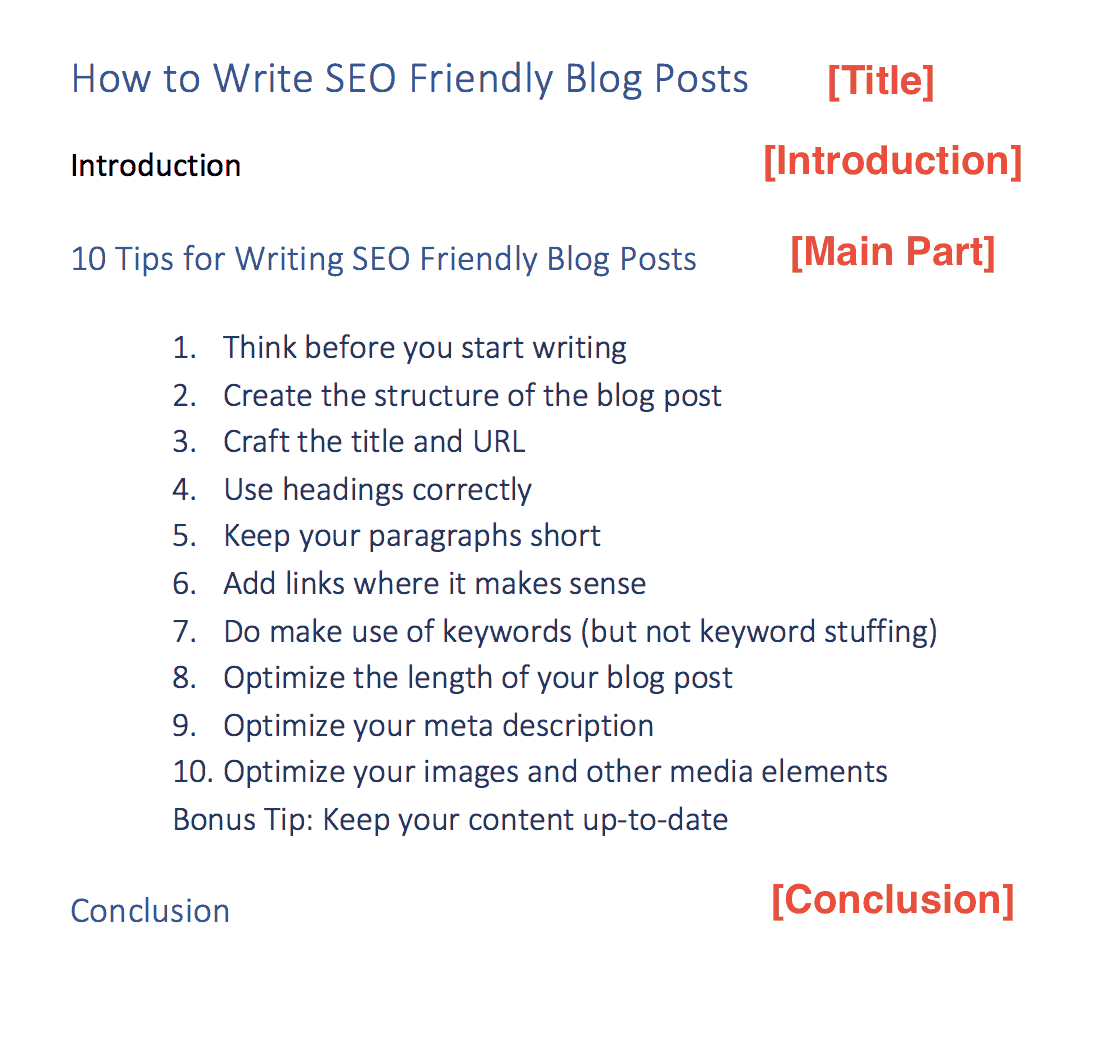Key Principles for High-Quality, SEO-Friendly Blog Content
Creating blog content that ranks well in search engines and genuinely serves your audience requires a blend of strategic planning, technical optimization, and user-focused writing. Here’s a structured approach based on current best practices.
Content Strategy and Research
- Know Your Audience: Tailor your content to the interests, needs, and questions of your target readers. This ensures relevance and engagement.
- Keyword Research: Identify topics and keywords with decent search volume and manageable competition. Use tools like UberSuggest or Google Keyword Planner to find opportunities.
- Content Pillars: Develop 3–5 core topics central to your brand. Create comprehensive “pillar” content for each, then repurpose into various formats (blog posts, videos, infographics).
- Content Calendar: Plan and schedule your content to maintain consistency and avoid last-minute scrambling.
Writing and Structure
- Clear Structure: Every post should have a clear introduction, body, and conclusion. Outline your main points before writing to ensure logical flow.
- Engaging Titles and Headings: Craft compelling, keyword-rich titles and use descriptive subheadings (H2, H3) to break up text and improve readability.
- High-Quality, Valuable Content: Focus on delivering unique, actionable insights. Avoid filler; aim to provide more value than competitors without sacrificing relevance.
- Readability: Use short paragraphs, varied sentence lengths, and simple language. Minimize jargon and define uncommon terms.
- Lists and Visuals: Incorporate bulleted or numbered lists where appropriate. Use images, videos, and infographics to enhance understanding and provide visual breaks.
- Internal and External Links: Link to your own related content (internal links) and authoritative external sources to provide additional value and improve SEO.
SEO Optimization
- Strategic Keyword Placement: Include your focus keyword in the title, headings, and naturally throughout the content. Avoid keyword stuffing.
- Meta Description: Write a concise, compelling meta description that includes your target keyword and summarizes the post’s value.
- Image Optimization: Use descriptive file names and alt text for images to improve accessibility and SEO.
- Mobile-Friendly Design: Ensure your blog is responsive and loads quickly on all devices.
- Categories and Tags: Organize content with relevant categories and tags to help both users and search engines navigate your site.
Performance and Iteration
- Monitor Analytics: Track page views, engagement, and conversions to understand what resonates with your audience.
- Update and Optimize: Regularly refresh older posts with new information, links, and improved SEO elements to maintain rankings.
- Encourage Social Sharing: Make it easy for readers to share your content on social media to increase reach and potential backlinks.
Checklist for SEO-Friendly Blog Posts
| Step | Action |
|---|---|
| Keyword Research | Identify target keywords and search intent |
| Audience Focus | Tailor content to reader needs and questions |
| Content Structure | Use clear headings, short paragraphs, and logical flow |
| Quality & Value | Deliver unique, actionable insights without filler |
| Visuals & Links | Add images, videos, and relevant internal/external links |
| SEO Elements | Optimize title, meta description, images, and URL |
| Readability | Use simple language, define terms, and avoid jargon |
| Performance Tracking | Monitor analytics and update content as needed |
Summary
High-quality, SEO-friendly blog content is the result of understanding your audience, conducting thorough research, structuring posts for clarity and engagement, and continuously optimizing based on performance data. By following these principles, you can create content that ranks well, drives traffic, and genuinely serves your readers.





